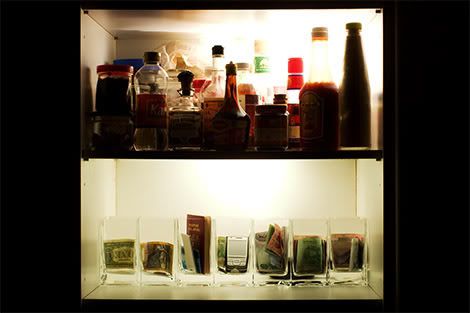Nick Leeson and Jérôme Kerviel- a very brief comparison of billion-Euro rogue traders
This case immediately brings to mind the famed Nick Leeson, whose unauthorised speculative trades resulted in losses of 827 million Pounds and the collapse of Barings Bank in 1995.
So how does Kerviel compare against Leeson? The most straight-forward approach would be to compare the present value of the magnitude of their losses.
Leeson managed to lose 827m GBP 13 years ago. Arbitrarily assuming the average interest rate between 2005 and now to be 4% p.a., the present value of that sum is actually a staggering 1.4 billion Pounds.
827m * e^(0.04*13) = 1391m GBP
Kerviel, on the other hand, has managed to evaporate 4.9 billion Euros. However, there are reports suggesting Kerviel lost 1.5 billion; the other 3.4 billion Euros was the bank’s own (un)doing.
A rival investment banking executive said Mr Kerviel did not lose €4.9bn by trading futures on European share indices, as Soc.Gen. claims, but only €1.5bn – the deficit his trading had accumulated by the time he was caught.
"The board of SocGen lost the other €3.4bn," said the rival banker. But the bank defended its actions, saying it could not risk keeping the positions open.
Now, how does Kerviel’s 1.5 billion Euros compare to Leeson’s present value of 1.4 billion Pounds?
Using today’s exchange rate of 0.74 Pounds to the Euro, Kerviel’s losses of 1.5 billion Euros is equivalent to 1.11 billion Pounds. Given the very rough estimation methods in this assessment, this figure of 1.11 billion Pounds is not remarkably different to what Leeson managed (1.4 billion Pounds).
Like the title already says, "very brief." Visit the Financial Times for a more details.
Labels: finance













